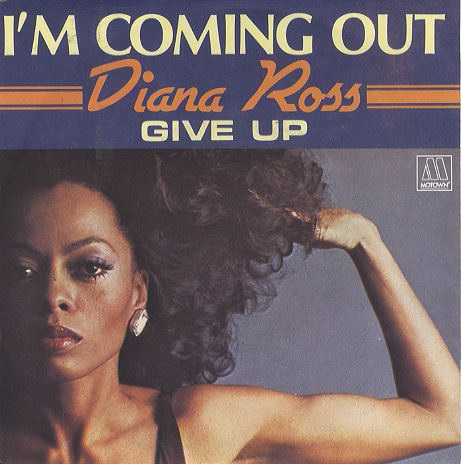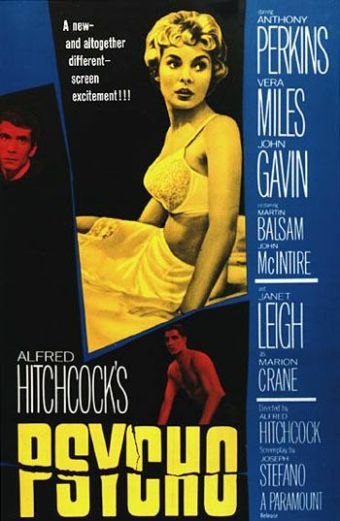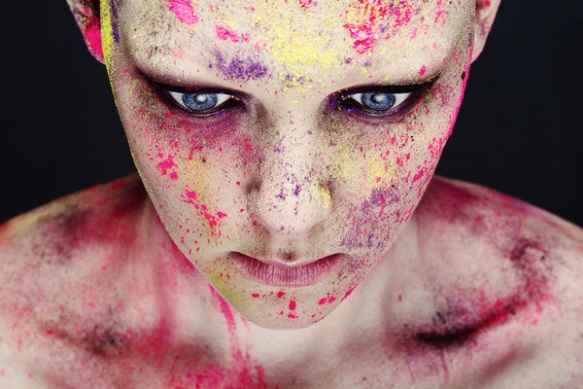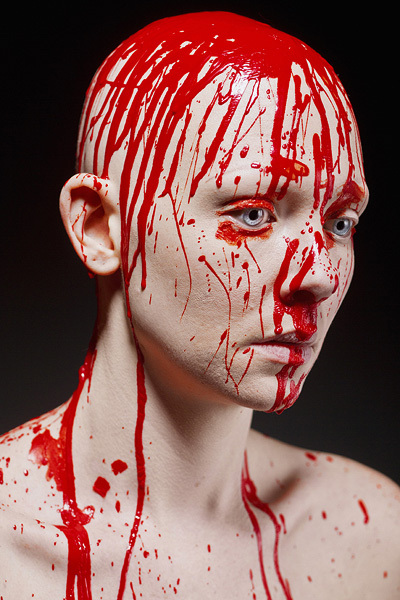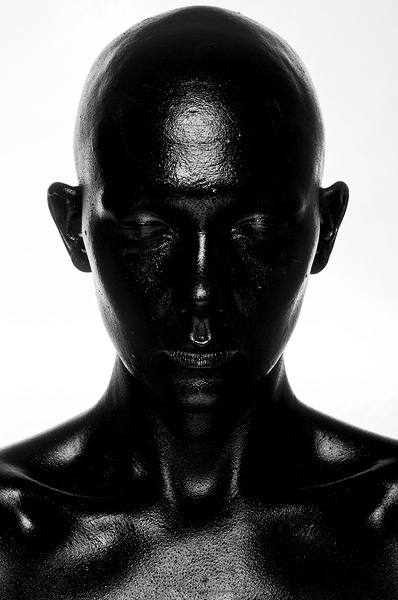
Peter Steiner’s famous New Yorker cartoon
I blog and use twitter in a pseudo-anonymous fashion. By that I mean that I don’t put my full name on either account. I haven’t gone to great lengths to conceal my identity, but I do feel an advantage to not being too identifiable on the internet. Recently the GMC stated that doctors on twitter should use their real names, which sparked some debate about the kind of candid and honest communication that this might shut down. It’s said that nothing on the internet is truly private and I do have anxieties that my personal life and writing might somehow impact negatively on my career and clinical work. On the same hand, I wonder what opportunities I cut off by maintaining an alias. I’ve been having a chat about this with some friends who also blog about personal experiences, both as professionals and service-users.
Self as a writer. I love writing. Perhaps there’s something somewhat exhibitionist about writing about my life on the internet for strangers to read, but my writing style has always drawn on my own experiences, often mixed in with more factual information. I do enjoy sharing my own stories, it’s the only thing I can really claim any expertise in and makes my writing something unique and my own. My writing serves as a space for my own reflection, but I also hope to inform other people and draw attention to topics that I feel are important and lend my voice to debate. So for me writing is personal, but also a form of communication, providing a resource to others and a form of activism. It’s also something I enjoy and an outlet from my day-job, which can be quite stressful! Many online writers, especially those who write candidly about more controversial topics (think Belle du Jour) use an alias, it can be less restrictive and give the freedom to write without worries about how it might impact the rest of your life. Blogger LandslideGirl is a psychology student who also has experience of mental health problems.She mentioned the freedom that comes from writing anonymously, which I definitely agree with, “My twitter account is something I use in both a personal and academic sense. On twitter I identify myself as both a psychology student and a person with mental health issues, although again I don’t have my real name on it. There are several people from ‘real life’ who follow me, but it allows me a greater degree of freedom than facebook which is so closely linked to my identity. I find that on twitter I can have the best of both worlds. “
Sharing personal experiences – self as patient (and as regular human being) – I write about my general life but something I’ve used a lot is my experiences with mental health problems and using mental health services. Reflecting on these times helps me to understand and learn from them, but I also think I can have a role in helping other people to understand what it can be like to have a mental health problem and be in treatment, for other people who might identify with me and conveying messages about hope, recovery and growth. I also have the benefit that I’m also a mental health professional, so in some ways I can talk both ‘languages’ and I can talk about my experiences in a way that’s accessible to the people who might work with someone like me. I guess I’d hope to foster understanding on both sides.
LSG uses her blog in a similar manner, “I wanted my landslidegirl blog to be somewhere that I could write about the things that effect me, and tell my backstory, from a more reasoned perspective, rather than a daily update… I haven’t linked my blog to my personal identity, although if someone read it who already knew me they would work out that it was me without too much difficulty.” There can be something quite therapeutic about sharing experiences in such an open forum, but we’re both aware of the possible consequences of this.

Rufus May – Out and Proud
There are some mental health professionals who have spoken openly about their own experiences of mental health problems, Rufus May and Marsha Linehan are two good examples of this. They’ve been praised for their honesty, but it is noticeable that both ‘came out’ at a point when they were quite established and respected in their careers. I don’t have that luxury, I’m still getting on the ladder and I don’t know how people who might employ and work with me might respond to my disclosures. Similarly, I’m encouraged not to reveal a lot of personal informations to the clients I see in practice. It depends on the model of therapy you work with, but generally self-disclosure is considered to often be unhelpful to the therapeutic relationship and process. I don’t know how other professionals who have a lot of personal information about them in the public domain manage this, but I am wary that knowing details about my experiences might be detrimental to my clinical work. I have tight privacy settings on my Facebook to limit colleagues and clients seeing pictures of me falling over drunk in fancy-dress (not that I do that, obviously…).
Lyssa is a family and marriage therapist who blogs. Her blog is a personal one (often very personal, she recently shared her engagement photos and her erm… reflections on her bowel movements). However, she does mention her job, although not in the same detail that I do. mentioned this also, “In terms of personal disclosure with clients, I like to think that I am comfortable being fairly open with my clients when they ask me directly about my life. I like Yalom’s take on being honest and open with clients…..because change is all about the therapeutic relationship, and I think being genuine can only help that (as long as the main focus stays on the client, of course). I suppose if a client found my blog and then brought it up in session, I might be embarrassed, depending on what the client thinks about it all. At the end of the day, it’s just me, and my clients can take that or leave it.”
Talking about work – self as professional. Another side of my writing is often writing about issues and ideas that come to me from my clinical work, things that strike me as interesting, things that make me laugh and sometimes things that make me really sad. I’ll sometimes use examples from the people I see in my work. I am mindful of confidentiality and I don’t use names or identifying details, but I sometimes mention the type of problems I’m working with or things people have said to me. Given I don’t have my name or where I work linked to any of my accounts, I don’t think it’s possible to actually identify individuals. A lot of the people who follow me on twitter and some of my readers seem quite interested in what my day-to-day life as a mental health professional involves and I hope to give a sense of that. I’ve read quite a few other anonymous twitters and blogs that similarly offer snapshots of a professional’s life. If I was identifiable online, I’d need to really edit my online content to remove these references. Similarly references to colleagues. Sometimes I write about controversial and contentious topics, and I often take a critical view on current mental healthcare. If I was more identifiable online I wonder if there would be any issues with expressing views online that might not be in line with the views of the organisations I am involves in (such as the NHS, my university). At the same time, whilst my writing isn’t identifiable, it limits my ability to share it within my professional and academic network. LSG also mentioned fearing negative outcomes that come from writing candidly (and sometimes negatively) about the systems we work within, “During the placement year of my degree I worked in a clinical psychology service and I faced considerable stigma created by the clinical team. This was something that I felt strongly agrieved about and wanted to write about, but I decided not to, on the off chance that somehow it got back to them. So yes I am careful about what I write. I’m more conscious than ever of keeping my comments quite general and not naming names.”
Lyssa does mention her job, although not in the same detail that I do. I asked her about how she manages this professional/personal identity boundary, “My colleagues don’t know that I blog. I try to keep my personal and professional lives separate as much as possible….while still blogging about personal stuff. For instance, I post really personal stuff on Facebook but, as a rule, I do not have Facebook friends who are current coworkers of mine. And yes, I do use pictures of myself on my blog, but I try not to describe exactly where I live and I don’t use my full name, in hopes that my blog will be less searchable by people who may know me in the real world (like clients).”
‘Real-life’ self – academic discourse. In my work life, I’ve published a paper and hope to put more out, in terms of research papers and other professional comment. This work has my full name on, the same one I use at work, so if colleagues and clients were to google me, this is what they might come up with (and hopefully not pictures of me drunk on my birthday). Although what they’d find would be very little in comparison to the amount I’ve written on my blog, and online conversations I’ve had with service-users, activists and professionals (both anonymous and those that identify themselves online) and other campaigning. But my ‘real-life’ identity probably packs more clout, I can communicate through a wide professional network and have the associated prestige and respectability of the organisations I’m a part of. My opinion perhaps carries more weight than that of an anonymous blogger and maybe I’m able to have more impact in this role. But this identity remains unconnected with articles I’ve written about sex and pornography, more frivolous pieces on lingerie and fashion and twitter rants.
So in addition to the roles I juggle at work, I carry about these different ‘selves’ with me. They start to blur into each other as I have real-life friends who read my blog and follow me on twitter, I have fellow trainees (who straddle a blurry area between colleague and friend) on my Facebook where I sometimes post my writing, not to mention photos. On my twitter I communicate with a range of professionals who I really respect, but if we came into contact in a professional environment, would I let them know who I am? Recently some staff from my university have followed me on twitter, and I’m pretty sure for people who already know me, I’m pretty identifiable online.
I doubt the NHS has the funds to do a Lisbeth Salander-style online check on me, and airing a few controversial opinions and having a good time is not exactly illegal. I don’t think I break confidentiality in my writing, but am aware that others might see it differently so am mindful of it. Even if my clients aren’t identifiable, it perhaps communicates something about my profession and how we share information if I’m seen to be writing about people I work with. I’m undecided about whether I want to come ‘out’ as a wounded healer and professional with lived experience of mental health problems, and I think it’s something I’ll probably leave to consider later in my career when I’m in a more stable position job-wise. And if clients found me online? That would be a difficult issue, but I don’t think impossible to manage. I’d like to be an empty vessel to take on their projections and unconscious phantasies, but at the same time, I am a real person and it’d be unrealistic to act as though I have no life beyond the clinic walls. Like Lyssa says, I’d probably be embarrassed, but this is me, and my writing and my past experiences are part of who I am.
Thanks to Lyssa and LandslideGirl for their help! Go check them out, they’re great. I’d welcome any other opinions and views from others who struggle with this personal/professional interface and the dilemmas the internet and disclosure bring up.



